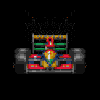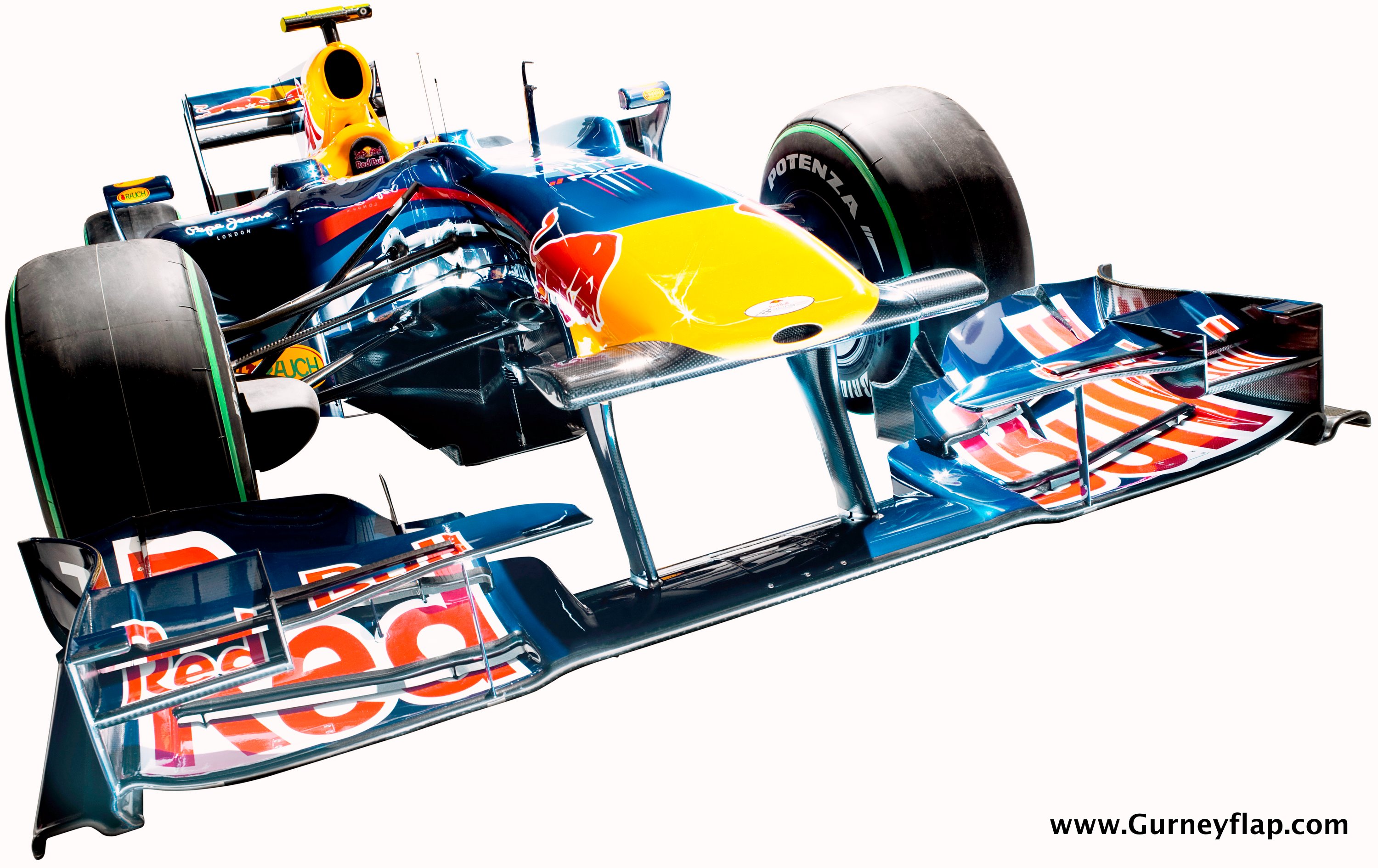It could be easy to regulate, however the necessary changes couldn't be introduced until next season.
It has already been noted that the technology for measuring distance using lasers is relatively cheap and common : position 4 of these in the endplates (left and right, front and back) and then measure the wing's ride height through the telemetry.
You would need to take 2 different averages :
You will need to ensure that the
mode wing height is above
X (insert appropriate value here) to ensure that the most frequent wing height complies with the regulations whilst accounting for fluctuations when going over curbs.
You should also ensure that the
mean wing height is above
X (insert appropriate value here) to ensure that the wing does not flex unreasonably on the occasions that it flexes below the statutory mode wing height.
Combining laser distance measuring, real time telemetry and some fairly basic calculation scripts, the FIA could ensure that their rules are not bent

Whether the FIA can be bothered to implement such a complex test is an entirely different matter ...






